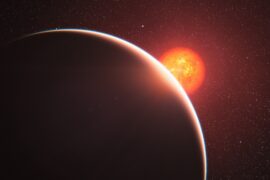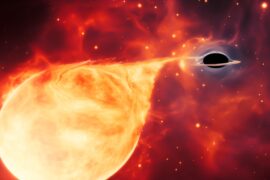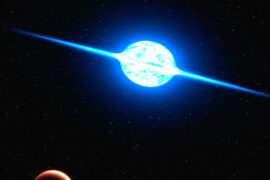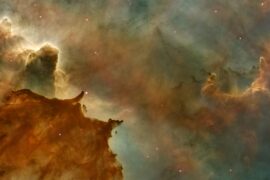On August 25, 1989, Voyager 2 flew past Neptune and revealed a vivid, active world that no one had imagined — a reminder that the solar system still holds jaw-dropping surprises.
Cataloging those surprises matters: science learns rules about planetary formation and atmospheres, exploration gains targets and technologies, and society gains perspective about habitability and resources. Below are seven extraordinary places — the wonders of the solar system — grouped into three categories: giant atmospheres and rings; volcanic and tectonic giants; and icy, potentially habitable worlds.
Giant Planets and Their Marvels
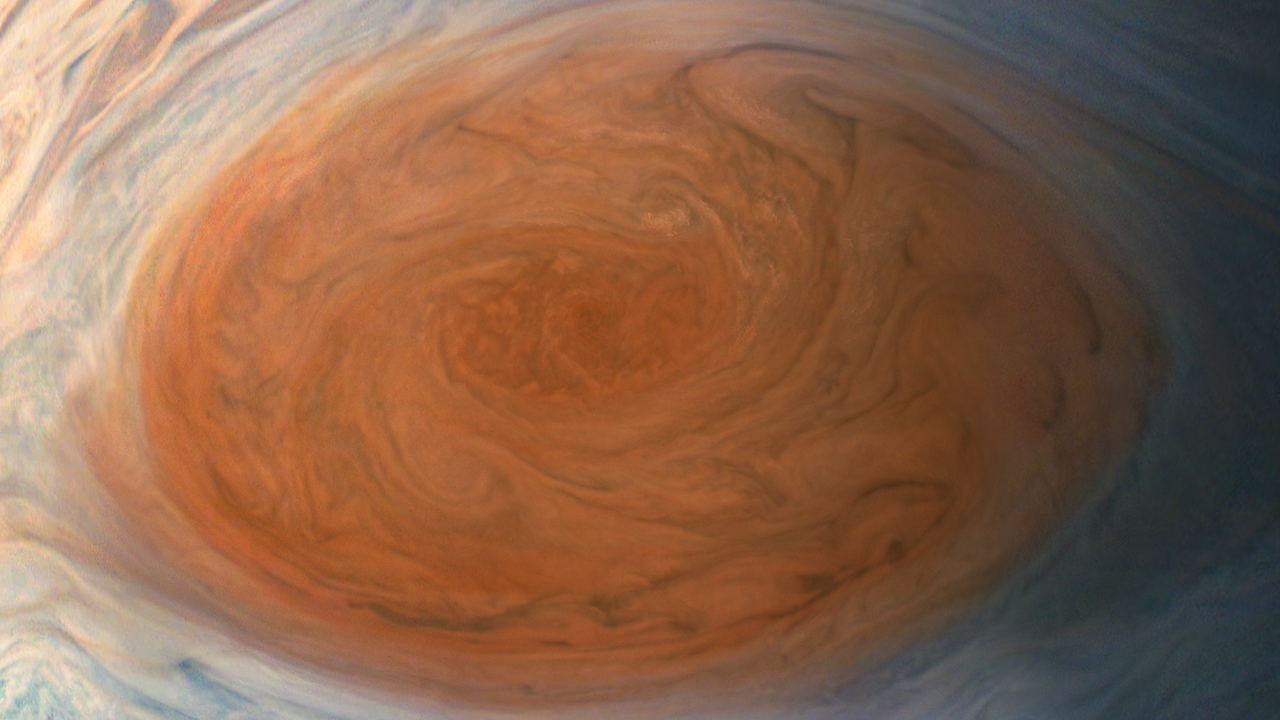
Giant planets host atmospheric and ring phenomena that dwarf anything on Earth. Jupiter, for example, has roughly 318 Earth masses, so storms and jet streams operate at scales and energies we can only model in part. Missions like Voyager, Cassini, and Juno transformed hazy observations into detailed physics: Juno arrived at Jupiter in 2016 to map deep winds and gravity, and Cassini orbited Saturn from 2004 to 2017 to reveal ring structure and magnetospheric interactions. Studying these features helps us understand fluid dynamics, magnetic coupling, and disk processes that also shape exoplanets.
1. Jupiter’s Great Red Spot: a storm bigger than Earth
The Great Red Spot is a persistent high-pressure storm on Jupiter with a diameter larger than Earth — roughly 16,000 kilometers across at recent measurements (the size varies over time).
Observers recorded a reddish oval in telescopes in the 17th century, and modern spacecraft provided new detail. Juno’s close-up images since 2017 and its microwave sounder have probed the Spot’s vertical structure and deep winds. The vortex has wind speeds exceeding 400 km/h and shows a long-term shrinking trend that still leaves it immense compared with terrestrial storms.
Beyond spectacle, the Spot tests fluid-dynamics models at extreme Reynolds numbers and helps scientists interpret atmospheric circulation on hot Jupiters and brown dwarfs. Galileo-era sketches to Juno’s gravity and microwave data form a continuous record that anchors theories of vortex longevity.
2. Saturn’s Rings: a delicate, massive disk
Saturn’s rings form the most spectacular planetary disk in the solar system: the main rings span roughly 280,000 kilometers from innermost to outermost edges yet are typically only tens of meters thick.
Cassini revealed surprising details between 2004 and 2017: propeller-shaped disturbances carved by embedded moonlets, sharp edges maintained by resonances, and seasonal changes in ring brightness. During Cassini’s 2017 Grand Finale plunges through the gap near Saturn, instruments measured ring mass more precisely and improved age estimates, which now range from tens to hundreds of millions of years.
Rings serve as nearby laboratories for disk physics, shedding light on processes that form planets in protoplanetary disks. Observations of particle collisions, aggregation, and shepherding by small moons inform models used across planetary science.
3. Neptune’s winds: supersonic flows on an icy world
Neptune hosts the fastest winds measured in the solar system, with speeds up to about 2,100 km/h (roughly 600 m/s) recorded from Voyager 2 imagery and subsequent analyses.
Voyager 2’s flyby on August 25, 1989, revealed dark storms and rapidly changing cloud features on a world receiving a fraction of the Sun’s energy. Hubble Space Telescope monitoring has tracked storm evolution since then, showing that even a cold, distant planet can sustain violent atmospheric circulation.
Those winds challenge simple ideas that solar insolation alone drives atmospheric vigor. Instead, internal heat, latent heat release, and wave interactions appear important, offering comparative lessons for exoplanets where internal and stellar heating vary widely.
Volcanic and Tectonic Giants
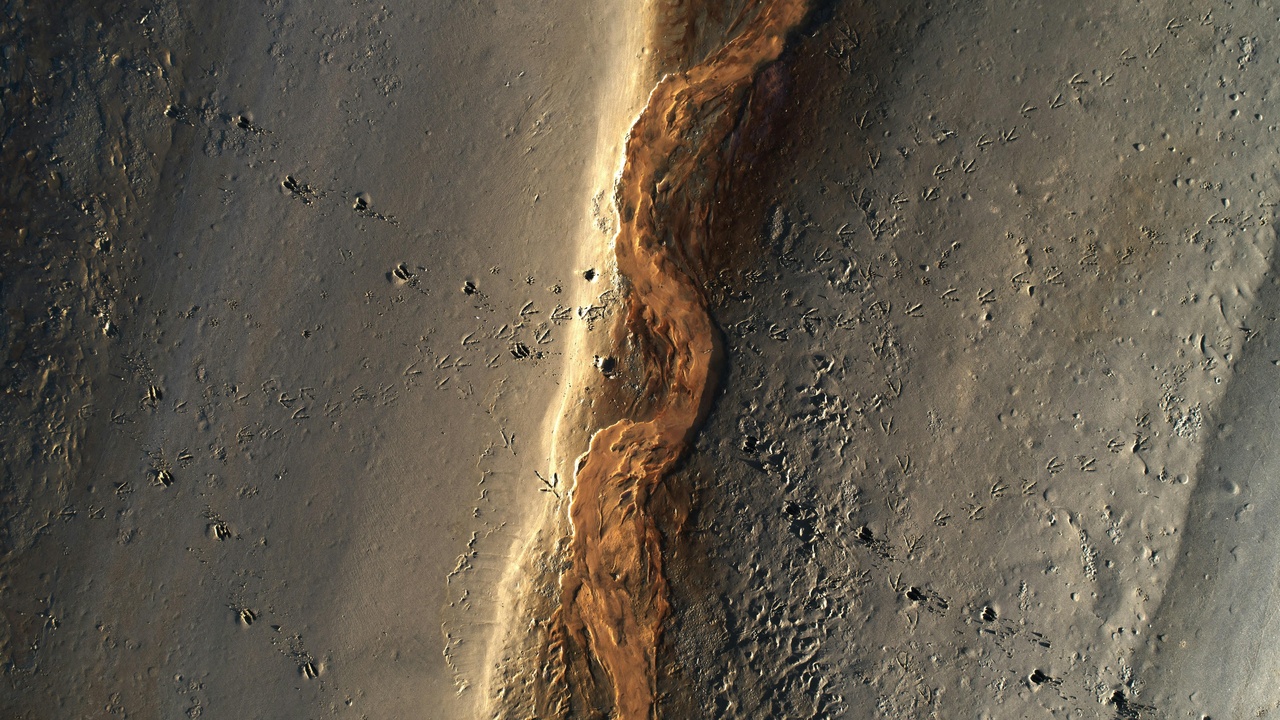
Solid-surface planets record interior processes in their largest landforms. Volcanoes and canyons preserve heat flow, lithospheric strength, and tectonic history. Mars shows some of the solar system’s most extreme examples, and orbiting missions like Viking, Mars Global Surveyor (MGS), and the Mars Reconnaissance Orbiter (MRO) mapped them in detail. Comparing metrics with Earth highlights how gravity and plate behavior shape landscapes.
4. Olympus Mons: the tallest volcano in the solar system
Olympus Mons towers about 22 kilometers above Mars’s datum, nearly three times Mount Everest’s height, with a basal diameter near 600 kilometers.
Its immense size owes to Mars’s lower gravity and the apparent lack of plate tectonics, which allowed long-lived hotspots to pile up lava in one place. Mars Global Surveyor provided altimetry that first quantified the summit elevation, and MRO’s HiRISE camera has imaged lava flows and flank features at high resolution.
Studying Olympus Mons informs estimates of volcanic heat flux and how planetary cooling differs without moving plates. Its preserved layers offer a record of eruption rates and magma composition over geologic time.
5. Valles Marineris: a canyon system that spans a continent
Valles Marineris stretches roughly 4,000 kilometers and plunges as deep as about 7 kilometers, making it far larger than Earth’s Grand Canyon.
Discovered and mapped by early orbiters like Viking and later detailed by MGS and MRO, this rift-canyon complex likely formed by tectonic extension, collapse, and erosion. Layered sediments exposed in its walls show stratigraphy that hints at varying depositional environments and possible aqueous alteration.
Because it exposes deep crustal sections, Valles Marineris is key to understanding Mars’s tectonic and hydrologic past, and it provides accessible sites to search for mineralogical signs of past water activity and habitability.
Icy Worlds and Ocean Worlds
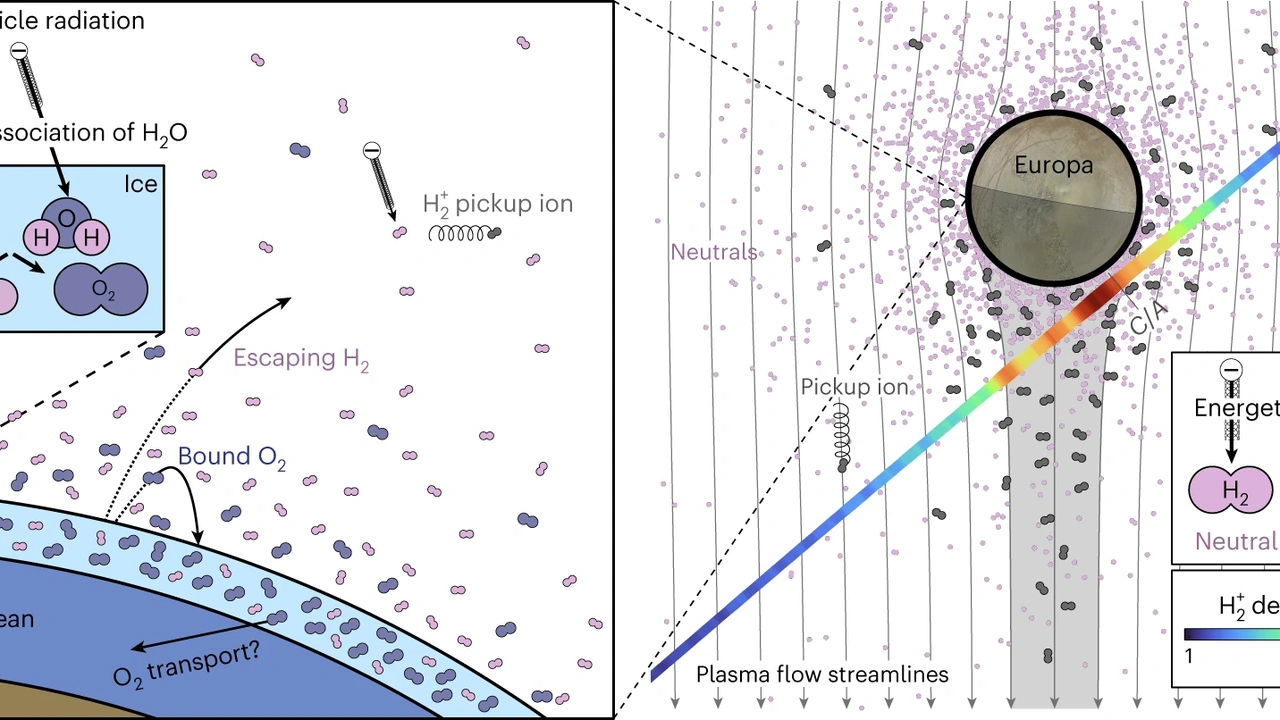
Several small, icy bodies hide subsurface oceans or active plumes that elevate them as prime astrobiology targets. Cassini’s plume discoveries and Galileo’s magnetometer signals opened the idea that liquid water may exist beneath shells of ice. Upcoming missions such as Europa Clipper aim to probe ice thickness and chemistry, while follow-up concepts plan to sample plumes directly. These ocean worlds reshape where we look for life and how we design missions to detect biosignatures.
6. Europa’s subsurface ocean: a hidden global sea
Beneath Europa’s icy crust lies an ocean commonly estimated at tens to more than a hundred kilometers deep; a representative figure often cited is about 100 km, though significant uncertainty remains.
Evidence comes from Galileo-era magnetometer measurements indicating an induced magnetic field, surface spectroscopy showing salts and non-ice materials, and geologic features consistent with ice tectonics. Europa Clipper, planned for launch in 2024, will carry ice-penetrating radar and spectrometers to map shell thickness and search for chemical indicators of habitability.
If Europa’s ocean interfaces with a silicate seafloor and possible hydrothermal sources, it could host energy gradients and chemistry relevant to life. Plume activity, if confirmed and sampled, could provide direct access to ocean material without drilling.
7. Enceladus’ geysers: sampling a hidden ocean from orbit
Enceladus sprays water vapor and icy grains from fractures near its south pole, with plumes that reach heights of hundreds of kilometers above the moon’s surface.
Cassini first detected plume activity in 2005 and then sampled the jets directly during multiple flybys. Mass spectrometer data found salts, simple organics, and evidence consistent with hydrothermal activity on a hidden seafloor, elevating Enceladus to a top astrobiology target.
The practical advantage is huge: sampling a plume from orbit avoids drilling through tens of kilometers of ice. Future mission concepts propose dedicated plume-sampling probes or sample-return architectures to analyze organic chemistry and search for biosignatures.
Summary
Key takeaways from these seven remarkable worlds and phenomena.
- Giant atmospheres and rings demonstrate scale: Jupiter’s Great Red Spot spans ~16,000 km and Saturn’s rings extend ~280,000 km while remaining only tens of meters thick.
- Volcanic and tectonic giants record interior history: Olympus Mons rises ~22 km with a ~600 km base, and Valles Marineris runs ~4,000 km long to depths near 7 km.
- Icy ocean worlds offer astrobiological opportunity: Europa’s putative ocean may be on the order of ~100 km deep, and Enceladus’s 2005-discovered plumes let Cassini sample salts and organics.
- Spacecraft make these discoveries possible—Voyager 2 (1989), Galileo, Cassini (2004–2017), Juno (arrived 2016), and the upcoming Europa Clipper (planned 2024)—turning distant features into testable science.
- These seven wonders of the solar system show why continued exploration matters: they expand our understanding of planetary physics, habitability, and the range of environments in our neighborhood. Follow upcoming mission results and agency updates to stay informed.
Enjoyed this article?
Get daily 10-minute PDFs about astronomy to read before bed!
Sign up for our upcoming micro-learning service where you will learn something new about space and beyond every day while winding down.



